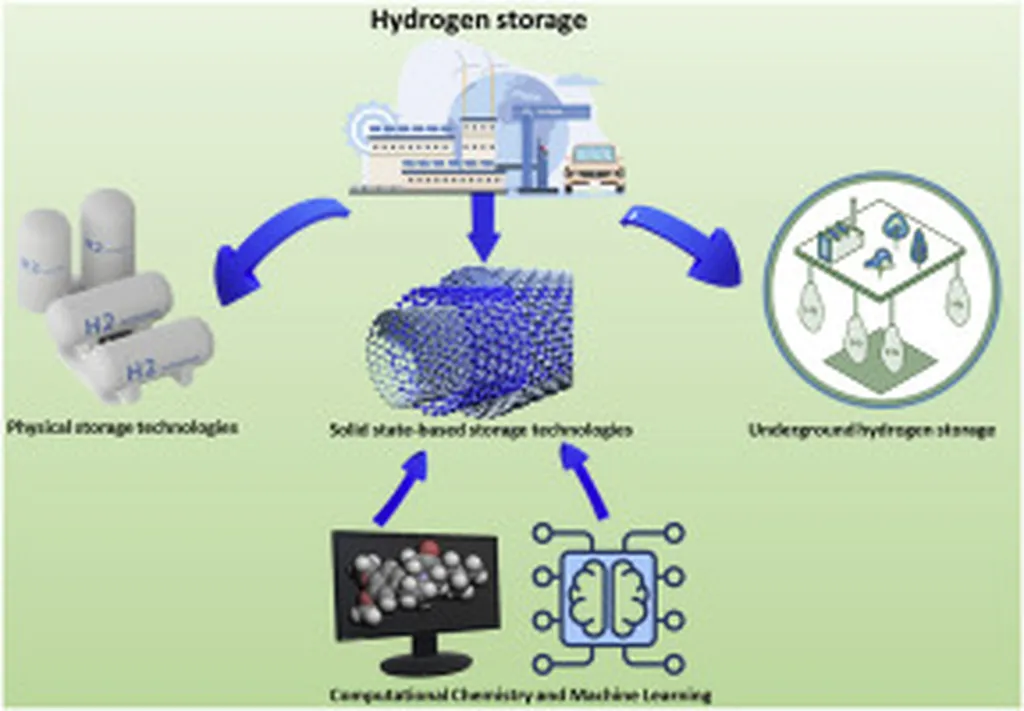Researchers Nils Hertl, Connor L. Box, and Reinhard J. Maurer from the University of Illinois at Urbana-Champaign have recently published a study in the Journal of Physical Chemistry C that sheds light on the interactions between hydrogen atoms and metal surfaces, specifically molybdenum and tungsten. Their findings could have significant implications for understanding energy dissipation in hydrogen dynamics at metal surfaces, which is crucial for various energy industry applications, such as hydrogen storage, catalysis, and energy conversion.
The study focuses on the vibrational modes of hydrogen atoms chemisorbed on molybdenum and tungsten surfaces. When hydrogen atoms are adsorbed onto these metal surfaces, they can vibrate, and these vibrations can interact with the electrons in the metal. This interaction, known as electron-phonon coupling, can lead to a broadening of the vibrational lines observed in infrared or electron energy loss spectra. In some cases, this broadening manifests as a Fano line shape, which is a specific type of spectral line shape that arises from the interference between discrete and continuous states.
The researchers calculated the linewidths of these vibrational modes using first-order time-dependent perturbation theory. They found that for modes with a Fano line shape, their calculated linewidths were in good agreement with experimental results. However, for modes with a Lorentzian line shape, the experimental linewidths were consistently larger than those predicted based on pure electron-phonon coupling. This suggests that other factors, such as adsorbate-adsorbate interactions, may also contribute to the linewidths.
One of the most significant findings of this study is that the calculated linewidths exhibit a strong coverage dependence, decreasing towards higher coverages. This means that as more hydrogen atoms are adsorbed onto the metal surface, the vibrational modes become more sharply defined. This has important implications for nonadiabatic energy dissipation in hydrogen dynamics at metal surfaces. While electron-hole pair excitation is the dominant energy-transfer mechanism between hydrogen and pristine metal surfaces, other channels for energy dissipation may become more significant on metal surfaces densely covered with hydrogen.
In practical terms, understanding these interactions and energy dissipation mechanisms is crucial for developing more efficient hydrogen storage materials, catalysts, and energy conversion devices. For instance, in hydrogen storage applications, understanding how hydrogen interacts with metal surfaces can help in the design of materials that can store and release hydrogen more efficiently. Similarly, in catalysis, understanding these interactions can help in the design of more effective catalysts for hydrogen-related reactions.
In conclusion, this study provides valuable insights into the interactions between hydrogen and metal surfaces, with significant implications for the energy industry. By understanding these fundamental processes, researchers can develop more efficient and effective materials and devices for hydrogen storage, catalysis, and energy conversion. The research was published in the Journal of Physical Chemistry C.
This article is based on research available at arXiv.

